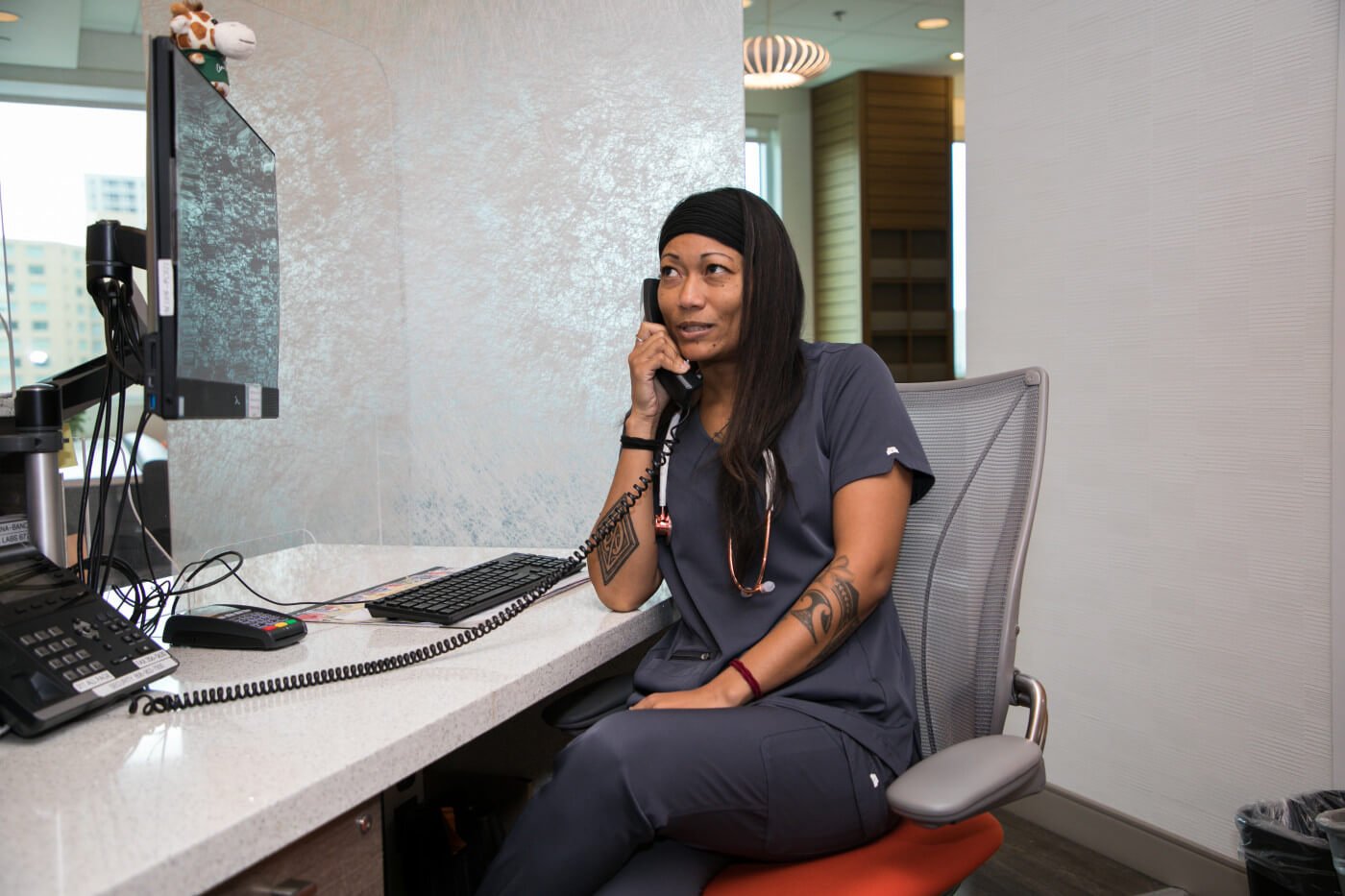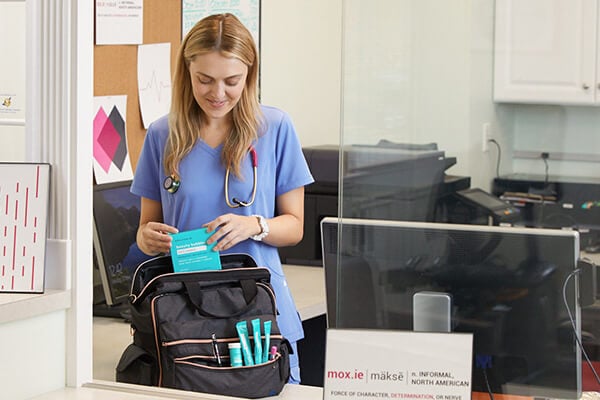3 Crucial Tips for Calling Providers: Show Them You Are a Great Nurse
Written by Sara Piercy, DNP, FNP-C
It has happened to all of us…that dreaded feeling of having to call the provider about your patient. You page them, then shortly after, your phone rings when the provider calls you back. Your heart starts racing, you forget what you were going to ask them, you may even forget which patient you were going to call them about! But, there are some "nurse tips" you can do to prepare for this conversation to make this process seamless, give the provider all of the information that they need, and accomplish what you need to, so you can take excellent care of your patient.
1. Read prior provider notes
“What is the plan for this patient?”
“The family wants to know why you think this patient’s sodium is low.”
“What tests are we doing for this patient tomorrow?”
Oftentimes, the questions you call the provider about may already be answered in the chart. Reading provider notes can help you understand the big picture and thought process for the plan of care. Many times when nurses read the provider notes, they realize that there is more to the story that they haven’t heard. Reading these notes will help you be able to prevent a phone call to the provider in the first place.
2. Have up to date information
Always be ready with updated information about the patient. More often than not, the provider will ask for vital signs and blood sugar. Make sure you get this information from ‘real time’ rather than just using the most recently charted information in the chart. If you are calling at 1100, do not give the provider the vital signs and blood sugar that is charted from your 0800 vital signs. Also, ensure that you know any pertinent information related to the problem that you are calling for. For example, if you are calling about urinary retention, make sure that you know I&Os, if they’ve had a bladder scan, have prostate problems, and if they are already on any medication for this.
3. SBAR
Make sure that you have a systematic way to communicate information to the provider. When you are nervous calling the provider, you are more likely to start babbling and not make any sense with what you are trying to say. Follow the SBAR method of reporting: Situation, Background, Assessment, and Recommendation. This ensures you don’t forget anything the provider needs to know. Following this format, you will likely impress the provider and build a better rapport with them. It doesn’t hurt to write down what you plan to tell them and to rehearse what you are going to say while you are waiting for them to call back.
Inevitably, calling the provider is something that you’ll have to do while taking care of patients. Following these nurse tips will make this process go smoothly and accomplish what you need to without causing more stress. Calling the provider is something that gets better and easier the more you do it. Keep the above tips in mind to be sure you’re appropriately communicating what you need to in providing safe and effective patient care.
About the Author: Sara L. Piercy, DNP, FNP-C
Sara is a nurse practitioner in a hospital setting in rural North Carolina. She enjoys taking care of the geriatric population and has a particular interest in cardiac and neuro patients.





